Die Bauten Adolf Hitlers (1938)
ジャンル : ドキュメンタリー
上映時間 : 17分
演出 : Walter Hege
シノプシス
Nazi Third Reich propaganda film that used architecture as a statement about "racial accomplishment," and so called "racial superiority." Hitler claimed that between 1934 and 1940, the Nazi rule of Germany had produced architectural uniqueness, and this film was produced to shown to attempt to validate that. The opening montage gives a survey of earlier Gothic and Baroque structures in the country as an example of "architectural superiority" that the German race was said to be the sole inventor of; then moves on to deride the recent construction of the Bauhaus school (with a racially motivated score of Jazz music) and an example of German "architectural decay." Then proceeds to show off buildings constructed by the Nazi and an architectural revival, to "last 1000 years," Film also spends a great of time dwelling on massive and "busy" monuments that had been erected all over the county.

Edna's grandfather is a conductor of a small orchestra that gives concerts in the park every Sunday. Because of lack of audience the city officials want to cancel these concerts. To stop this from happening, Judy and Edna gather a crowd the following Sunday; and to keep its attention, they themselves perform with the orchestra. Edna sings an aria and Judy sings 'Americana'.

Two car thieves get into an argument as the alarm goes off. For several minutes they continue to argue when they should be making tracks.

A family is looking for a stone. A stone that is suitable to be used as a tombstone on their prodigal son’s grave. The search turns into a journey. The loss brings back that which was repressed.

Programming the Nation? takes an encompassing look at the history of subliminal messaging in America. According to many authorities, since the late 1950s subliminal content has been tested and delivered through all forms of mass-media including Hollywood filmmakers Alfred Hitchcock and William Friedkin. Even our modern military has been accused of these practices in the "war on terror" against soldiers and civilians both abroad and at home. With eye-opening footage, revealing interviews, humorous anecdotes, and an array of visual effects, the film categorically explores the alleged usage of subliminals in advertising, music, film, television, anti-theft devices, political propaganda, military psychological operations, and advanced weapons development. Director Jeff Warrick makes it his personal mission to determine if these manipulative tactics have succeeded in "programming the nation?" Or, if subliminal messaging belongs in the category of what many consider urban legend.
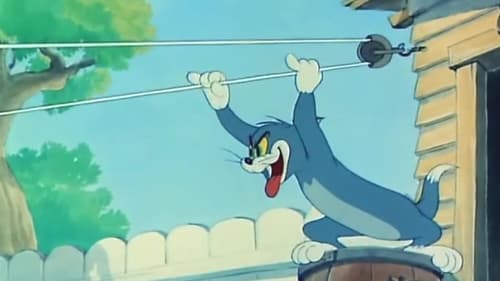
When a bulldog threatens Tom to keep away from his puppy, Jerry realizes that sticking close to the boy is the best way to keep away his feline tormentor. But Tom is not about to let the mouse evade him so easily.
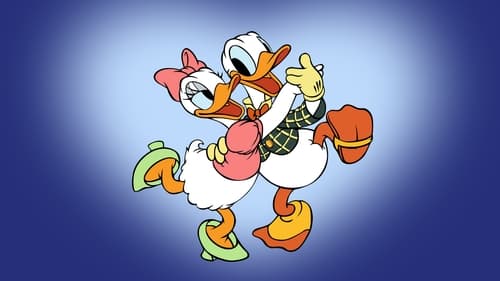
Donald visits the house of his new love interest for their first known date. At first Daisy acts shy and has her back turned to her visitor. But Donald soon notices her tailfeathers taking the form of a hand and signaling for him to come closer. But their time alone is soon interrupted by Huey, Dewey and Louie who have followed their uncle and clearly compete with him for the attention of Daisy. Uncle and nephews take turns dancing the jitterbug with her while trying to get rid of each other. In their final effort the three younger Ducks feed their uncle maize in the process of becoming popcorn. The process is completed within Donald himself who continues to move wildly around the house while maintaining the appearance of dancing. The short ends with an impressed Daisy showering her new lover with kisses
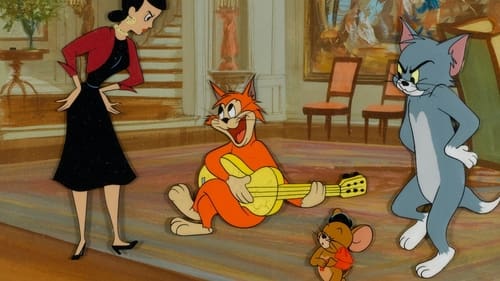
A Spanish cat is more interested in playing flamenco guitar than trying to catch the mouse El Magnifico (Jerry). Tom arrives from the States with world champion mouse-catching credentials to have a go.

Tom settles in for a day at the beach with his sweety, accidentally ruining Jerry's day. Meanwhile, Tom's girl is paying more attention to the bodybuilders than to Tom.
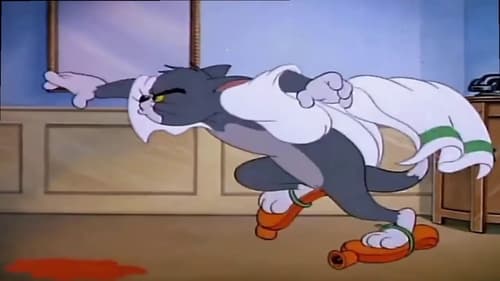
Tom pretends to have a cold in order to trick Mammy into letting him stay inside for the night. Jerry tricks Tom by making him think he really is sick - with the measles.

Two lovers torn apart by addiction confront each other one more time at the spot where they met.

Bugs helps a penguin return home.

30 minute documentary about the making of the film Help! with Richard Lester, the cast and crew. Includes exclusive behind the scenes footage of The Beatles on set.
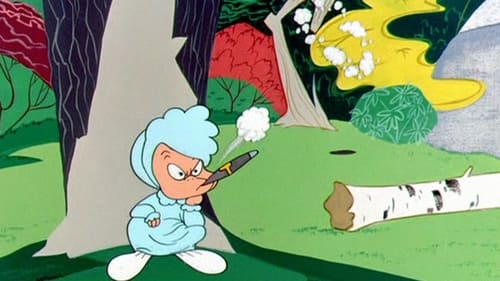
Baby-Faced Finster robs a bank, but the baby carriage with the money in it goes down Bugs' rabbit hole.
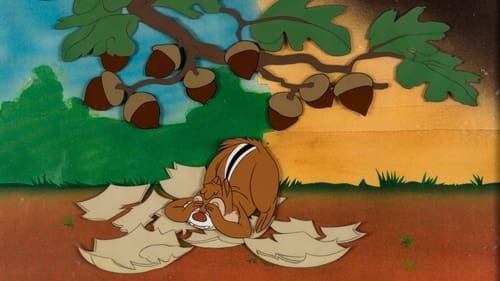
Chip 'n' Dale wander into a farmyard to collect acorns. Dale mistakes an egg for a nut, but when he tries to demonstrate to a newly hatched chick how to get back into the egg, a rooster mistakes him for one of his chicks.

Plumber Donald is using a large magnet in his work. When he drops it, it causes trouble for Pluto, especially after Pluto swallows it. Things begin clinging to him, especially his metal dog dish.
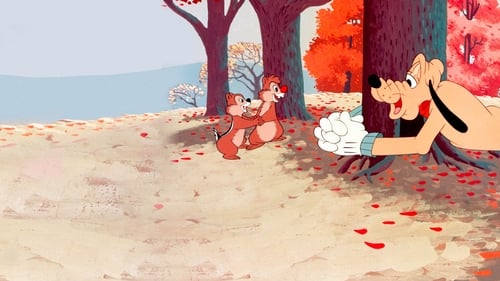
Chip and Dale are busy collecting nuts and hiding them in a tree, when Pluto comes along and tries to hide his bone in the same tree. When all of the nuts end up in Pluto's dog house, Chip and Dale must come up with a way to get the nuts back.
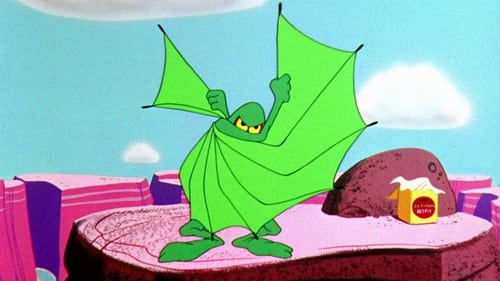
Wile E. Coyote unsuccessfully chases the Road Runner using such contrivances as a rifle, a steel plate, a dynamite stick on an extending metal pulley, a painting of a collapsed bridge (which the Coyote falls into while Road Runner passes right through), and a jet motor.
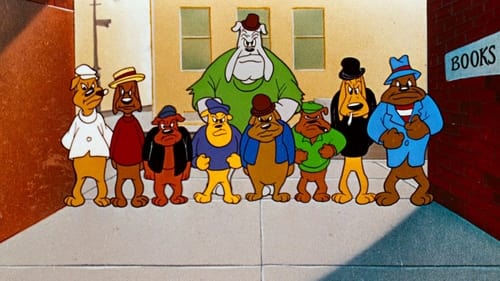
Bugs Bunny relates his early life in the Manhattan tenements and spotlights his encounter with a gang of canine toughs.

As the debate over the state of America's public school system rages on, one thing everyone agrees on is the need for great teachers. Yet, while research proves that teachers are the most important school factor in a child's future success, America's teachers are so woefully underpaid that almost a third must divide their time between a second job in order to make a living. Chronicling the stories of four teachers in different areas of the country, American Teacher reveals the frustrating realities of today's educators, the difficulty of attracting talented new teachers, and why so many of our best teachers feel forced to leave the profession altogether. But this wake-up call to our system's failings also looks at possibilities for reform. Can we re-value teaching in the United States and turn it into a prestigious, financially attractive and competitive profession? With almost half of American teachers leaving the field in the next five years, now is the time to find out.

Tom chases Jerry through the streets of Naples; they meet a local mouse who recognizes them from their cartoons and shows them around. Meanwhile, some local dogs are shadowing them.














